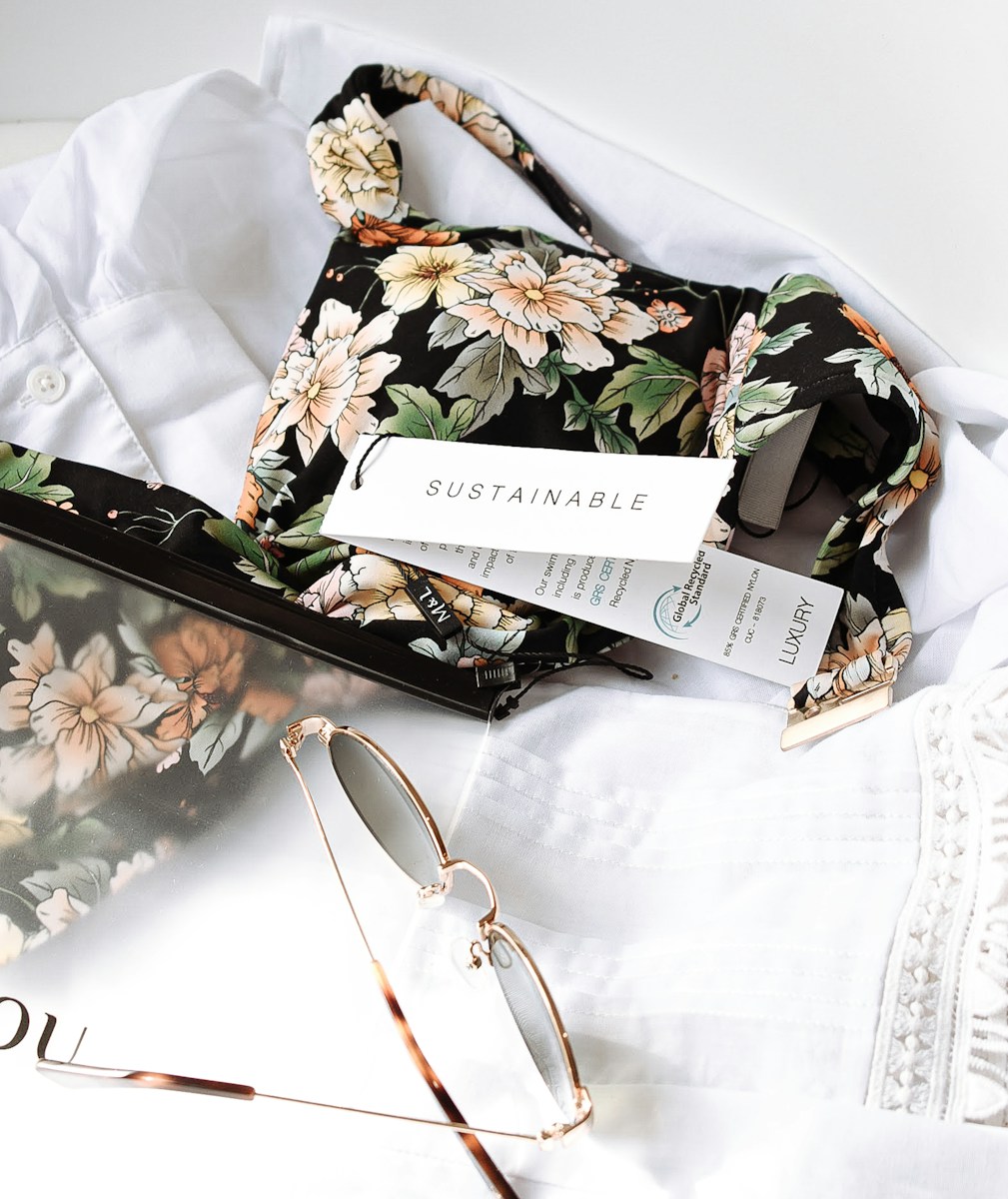TL;DR:
- Sustainable Materials Home offers energy efficiency, cost savings, and increased property value.
- Eco-friendly construction includes recycled materials, bamboo flooring, and straw bale insulation.
- Innovative technologies like solar panels, automation systems, and greywater recycling enhance sustainability.
- Biodegradable options such as hempcrete, non-toxic paints, and straw-clay walls benefit eco-friendly homes.
- Successful projects like LEED Certified Homes showcase sustainability in designs like Passive Houses and Zero Energy Homes.
Introduction
Imagine stepping into a world where homes embrace innovation, sustainability, and a vision of the future. Welcome to the realm of the Sustainable Materials Home, where cutting-edge technologies and eco-conscious design harmonize to shape tomorrow’s living spaces. In this age of rapid environmental shifts, our dwellings must evolve to not only meet our needs but also tread lightly on the planet. Join me as we explore 5 groundbreaking innovations that herald a new era of sustainable, future-ready living. From energy-efficient marvels to biodegradable wonders, these homes redefine luxury with a conscience. Let’s embark on a journey where sustainability meets sophistication, paving the way for a brighter, greener tomorrow.
The Benefits of Sustainable Materials Home Design
Energy Efficiency and Cost Savings
Sustainable materials in home design offer excellent energy efficiency, reducing utility bills and overall operational costs. From advanced insulation to energy-saving appliances, these materials help homes consume less energy and conserve valuable resources.
Environmental Impact Reduction
By using sustainable materials, homeowners significantly reduce their environmental footprint. Materials like bamboo, recycled steel, and reclaimed wood minimize deforestation, pollution, and carbon emissions typically associated with traditional construction methods.
Increased Property Value
Embracing sustainable materials enhances the appeal and value of homes. Eco-friendly features often attract environmentally conscious buyers, leading to higher resale values and greater market demand. Plus, it showcases a commitment to sustainability that resonates with modern homeowners.
Sustainable Materials for Eco-Friendly Home Construction
Recycled and Upcycled Materials
Using recycled and upcycled materials in home construction is a key aspect of sustainable living. By giving new life to materials like reclaimed wood, recycled glass, or repurposed metals, you not only reduce waste but also add unique character to your home. These materials are not only eco-friendly but also contribute to the aesthetics of your living space.
Bamboo and Cork Flooring
Bamboo and cork are sustainable flooring options that offer durability, easy maintenance, and a touch of natural beauty to your home. Bamboo grows rapidly, making it a renewable resource, while cork is harvested from the bark of cork oak trees, allowing the trees to regrow without being cut down. Both materials are stylish, comfortable, and environmentally friendly choices for your floors.
Straw Bale Insulation
Straw bale insulation is an innovative sustainable material that provides excellent thermal insulation and soundproofing properties. Made from agricultural byproducts like straw, this material is renewable, biodegradable, and energy-efficient. Incorporating straw bale insulation in your home construction not only helps reduce energy consumption but also promotes the use of natural, non-toxic materials in your living space.
Innovative Technologies for Sustainable Homes
Solar Panels and Green Roofs
Solar panels continue to revolutionize the way we generate electricity, allowing homeowners to harness renewable energy and reduce their dependence on traditional power sources. Green roofs, on the other hand, offer a sustainable solution by providing insulation, reducing stormwater runoff, and promoting biodiversity in urban areas.
Smart Home Automation Systems
Smart home automation systems integrate technology to optimize energy efficiency, enhance security, and increase overall comfort. From adjusting temperature settings to controlling lighting, these systems enable homeowners to monitor and manage their home’s energy use effectively.
Greywater Recycling Systems
Greywater recycling systems allow households to reuse wastewater from sinks, showers, and washing machines for non-potable purposes like irrigation and toilet flushing. By reducing water consumption and supporting sustainable practices, these systems play a crucial role in conserving resources and promoting eco-friendly living.
Biodegradable and Non-Toxic Building Materials
Futuristic homes are not just about sustainable design and innovative technology; the materials we use to construct them are also crucial. Biodegradable and non-toxic building materials are the heart of sustainable materials home design, dramatically reducing our homes’ environmental impact. Let’s explore some of the popular choices for green building materials.
Hempcrete Construction
Hempcrete is a blend of hemp hurds, lime, and water, making it an entirely organic and biodegradable building material. Hempcrete construction isn’t only eco-friendly; it also has excellent thermal insulation properties. Plus, it’s resistant to pests, mould and fire.
Non-Toxic Paints and Finishes
Traditional paints often emit toxic fumes that pollute indoor air quality. Non-toxic paints and finishes, on the other hand, are derived from natural sources and don’t contain hazardous chemicals. They act as a healthier, more sustainable alternative without sacrificing aesthetic appeal.
Straw-Clay Wall Systems
Straw-clay combines the strengths of straw bale and cob to create a highly insulative and sustainable wall system. This technique uses locally available, renewable materials and produces walls that breathe, regulating humidity and providing exceptional thermal mass. These factors underscore the beauty of innovation in building sustainable materials home design.
Sustainable Materials Home Design: Building for a Greener Future
In a world where sustainability is becoming increasingly vital, embracing sustainable materials for home design is a wise choice. But what exactly are the benefits of adopting sustainable practices in your living space?
Energy Efficiency and Cost Savings
Choosing sustainable materials helps enhance energy efficiency by reducing heat loss and gain, leading to lower utility bills. From insulation to energy-efficient appliances, every component contributes to a more eco-friendly and cost-effective home.
Environmental Impact Reduction
By using sustainable materials, you contribute to the conservation of natural resources and reduce environmental degradation. Opting for renewable resources like bamboo or recycled materials decreases the carbon footprint associated with your home’s construction.
Increased Property Value
Homes built with sustainable materials are in high demand due to their eco-friendly features. As sustainability gains popularity among buyers, properties with green elements tend to have higher resale value, offering a long-term investment benefit.
Sustainable Materials for Eco-Friendly Home Construction
Recycled and Upcycled Materials
Utilizing recycled materials not only diverts waste from landfills but also adds unique character to your home. Upcycling items like reclaimed wood or recycled glass transforms waste into functional and beautiful components of your living space.
Bamboo and Cork Flooring
Bamboo and cork are sustainable, fast-growing materials that provide durable and stylish flooring options. These materials are renewable and offer natural insulation, making them ideal choices for eco-conscious homeowners.
Straw Bale Insulation
Straw bale insulation is an innovative choice for insulating homes while reducing energy consumption. This eco-friendly option utilizes agricultural waste, providing excellent thermal properties and soundproofing capabilities for a comfortable living environment.
Keep on reading to learn more about innovative sustainable technologies and how they can enhance the eco-friendliness of your home in the upcoming sections.
Conclusion:
In navigating the landscape of sustainable living, the integration of innovative materials in homes like those explored in this article on Sustainable Materials Home herald the dawn of a more environmentally conscious future. From sleek solar panels to efficient insulation solutions, the practical applications showcased underscore the compelling narrative of conscious design and ecological responsibility. As we embrace the potential of these sustainable materials, let us continue to explore the possibilities and evolution of future-ready living. Discover more about Sustainable Materials Home for a holistic approach to sustainable living.










